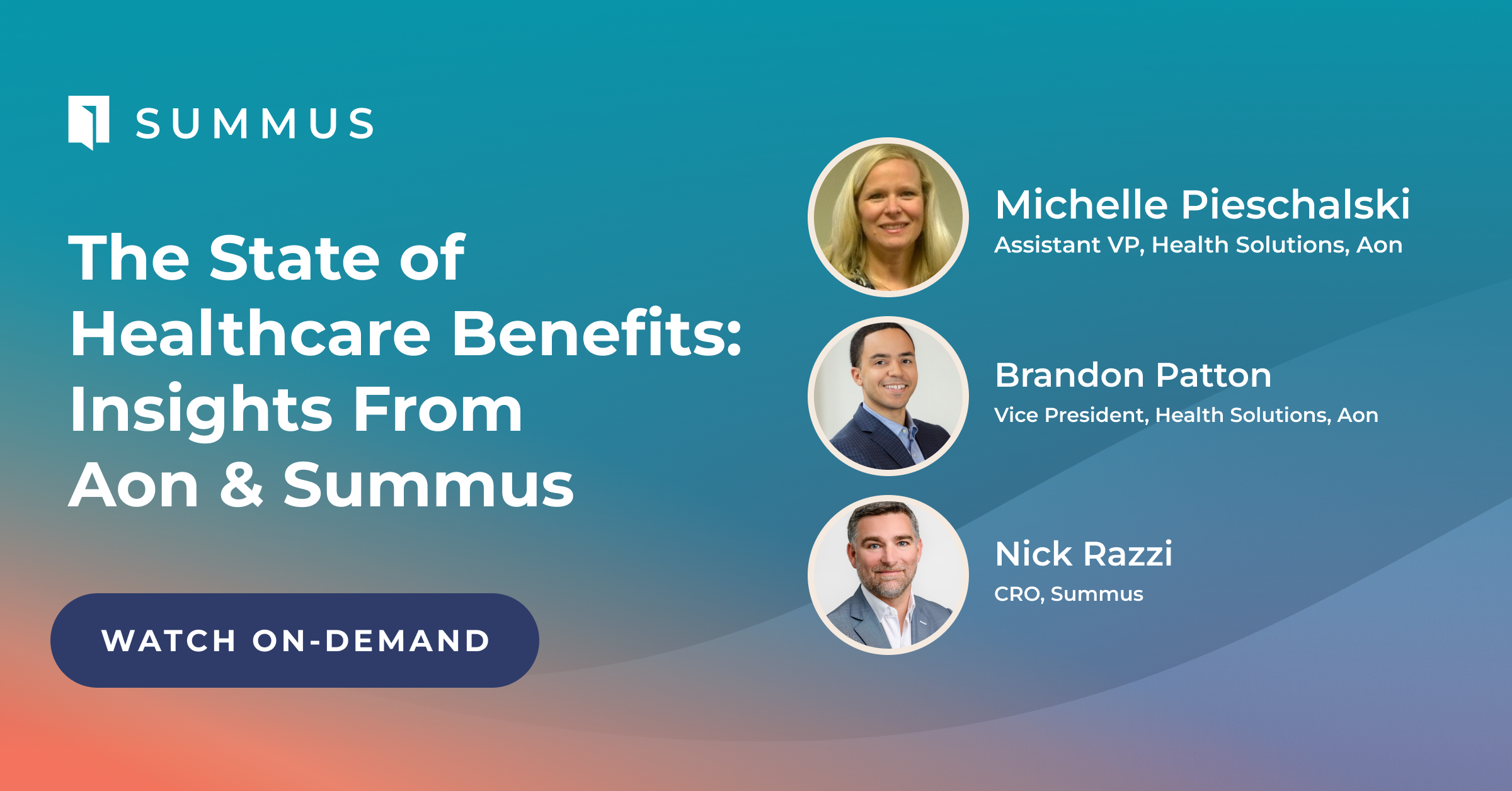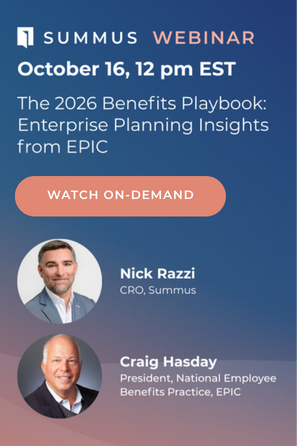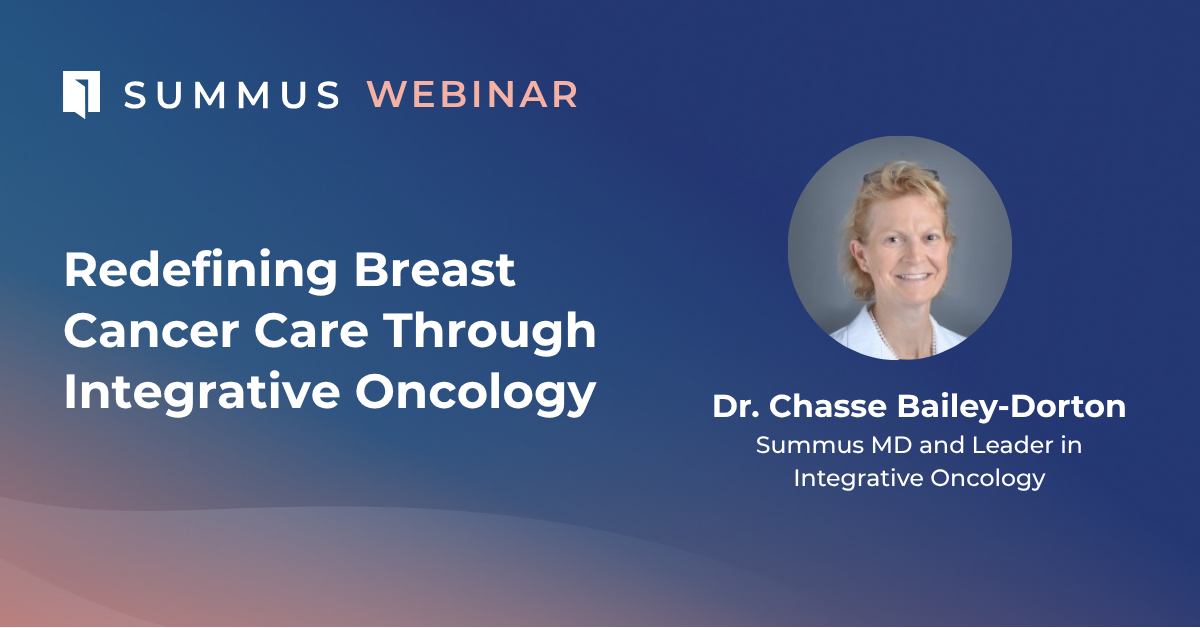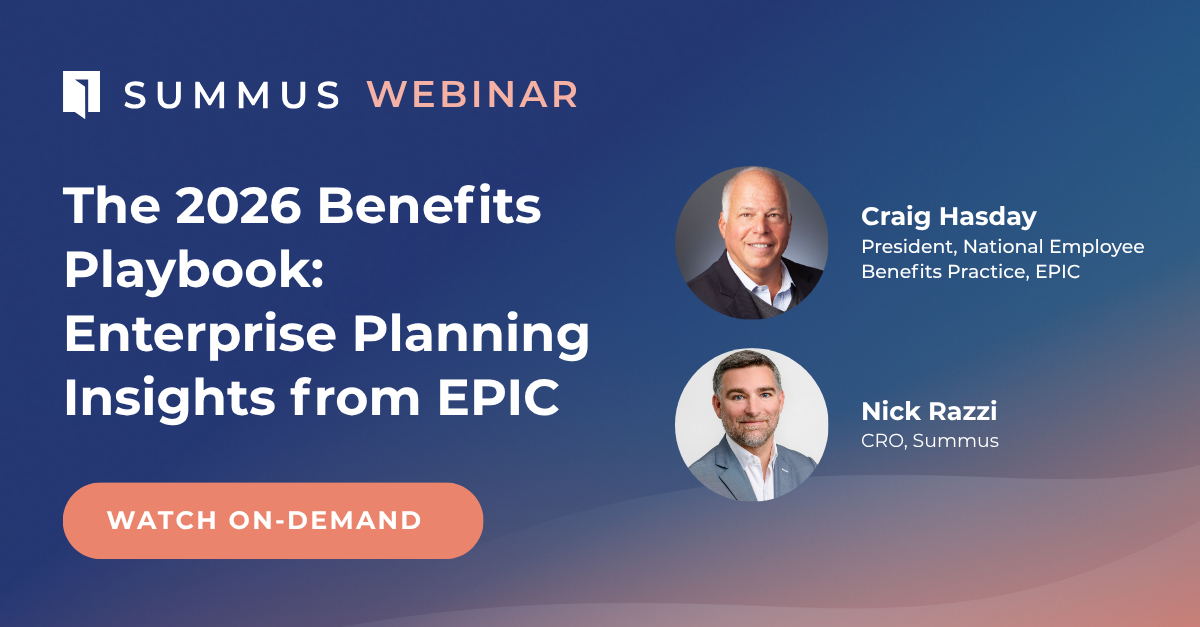Healthcare costs continue to rise, employee expectations are shifting, and benefit leaders are under more pressure than ever to deliver programs that balance cost with value. These challenges — and strategies to address them — were the focus of a recent webinar hosted by Summus with Aon Cleveland’s leaders Michelle Pieschalski, Assistant VP of Health Solutions, and Brandon Patton, VP of Health Solutions.
Here are the top takeaways for employers:
1. Cost containment remains the top concern
A poll of webinar attendees confirmed what most HR and benefits leaders already feel: 66% cited cost containment as their number one challenge.
Beyond medical inflation, cost drivers like GLP-1 medications are straining budgets and forcing tough decisions. Employers are trying to strike a balance between managing plan costs and meeting employee expectations.
Planning consideration:
Employers should look at near-term tactics but also build three- to five-year strategies that anticipate emerging cost drivers and position benefits for long-term sustainability.
2. Benefits strategy is now a year-round exercise
In the past, consultants and brokers were called in primarily at renewal time. Today, employers expect strategic support all year long. The best relationships now resemble partnerships, with Q1 and Q2 often being the most intensive strategy-setting periods.
Planning consideration:
Treat benefits strategy as an ongoing cycle rather than a seasonal task. Employers who engage early and revisit plans regularly are better equipped to manage costs, assess vendor performance, and pivot as employee needs evolve.
3. Employees need fewer choices — and better guidance
Choice for the sake of choice is no longer working. Without the right support, employees often make suboptimal decisions, leaving them over-insured or disengaged. Leaders are finding more success with simplified plan design paired with stronger navigation and communication.
Planning consideration:
Focus on decision support and navigation. Employees don’t need five plan options; they need clear guidance to choose and use the benefits that fit their lives best.
4. Point solution fatigue is real — and integration is key
Over the last few years, employers layered on point solutions for everything from MSK to fertility to diabetes. While many have delivered value, the overall effect is often a “junk drawer” of benefits: multiple vendors, multiple logins, minimal coordination. Employees get confused, and HR teams carry the administrative burden.
Planning consideration:
Look for solutions that integrate with your current ecosystem rather than add another silo. A strong navigation partner can serve as a single front door, reducing complexity while improving engagement and outcomes.
The bottom line for employers
As Brandon Patton, Vice President of Health Solutions at Aon Cleveland, noted during the discussion, “beating trend is no longer enough.” Employers must take the next step: combining data-driven insights with the right vendor partnerships to build a benefits ecosystem that is cost-effective, employee-friendly, and sustainable.
When planning benefits strategy, the employers who succeed will be those who:
- Commit to year-round strategic planning
- Balance cost discipline with employee expectations
- Simplify choices while improving decision support
- Streamline point solutions with integrated navigation
With these priorities in focus, benefits leaders can move beyond survival mode and design strategies that create lasting value for both their organizations and their people.
Listen Now for More Insights
Tune Into this On-Demand Webinar for more insights into how top employers are containing costs, vetting partners, and leaning on their benefits consultants for better support.





